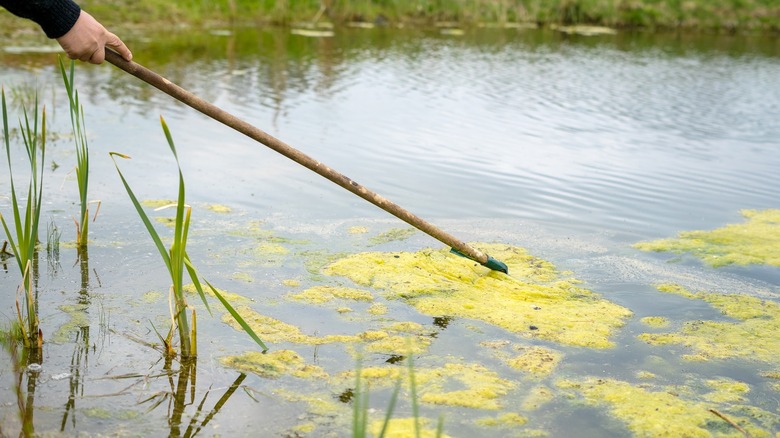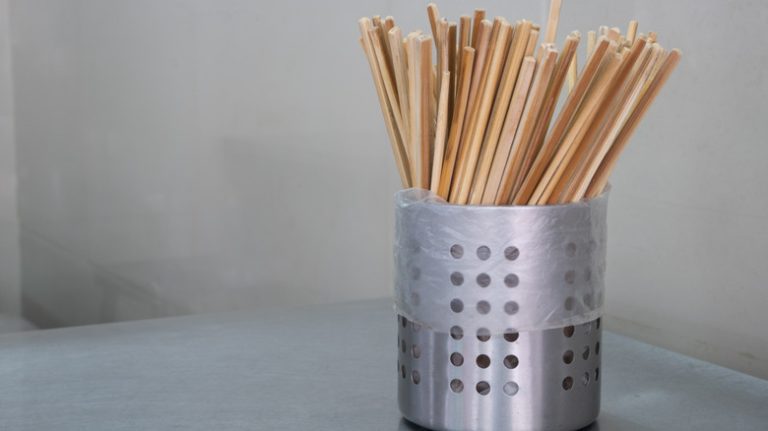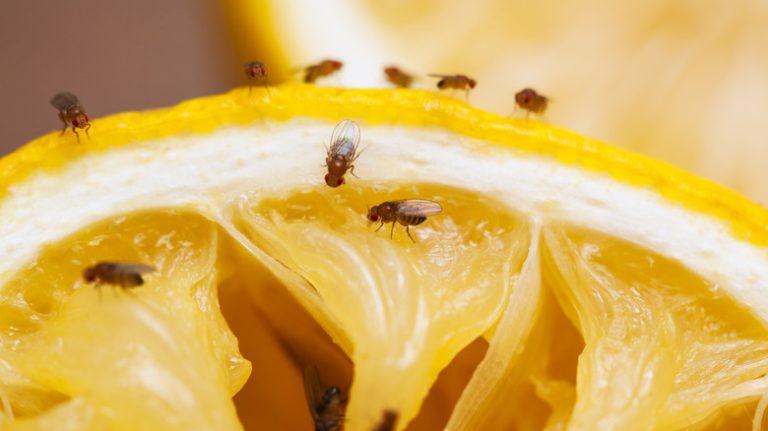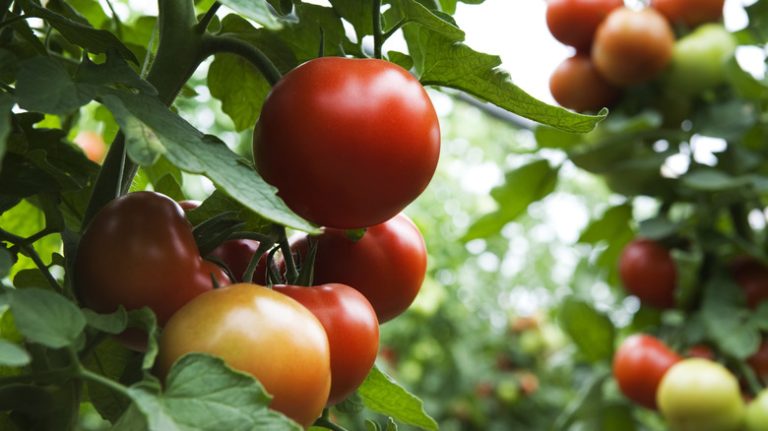If you’re someone who loves spending time around your fire pit, you’re probably no stranger to the piles of ash that build up in the firebox. A single cord of wood can leave up to 20 pounds of wood ash. Now, before you think of just tossing all that ash into the trash, there are some pretty cool things you can do with it around the house. Take your pond, for example. There are benefits to adding a pond to your garden, but it can be a struggle to control algae in it.
If the presence of algae gives you a headache, placing a small amount of ash in your pond can be a significant and natural solution. This approach is particularly beneficial if your pond is home to fish and chemical solutions to deal with the algae are off the table. All you need to do is add about one tablespoon of ash per 1000 gallons of pond water. Adding wood ash doesn’t kill the algae, but it can help slow it down and keep its growth manageable.
How does fireplace ash combat algae in ponds?
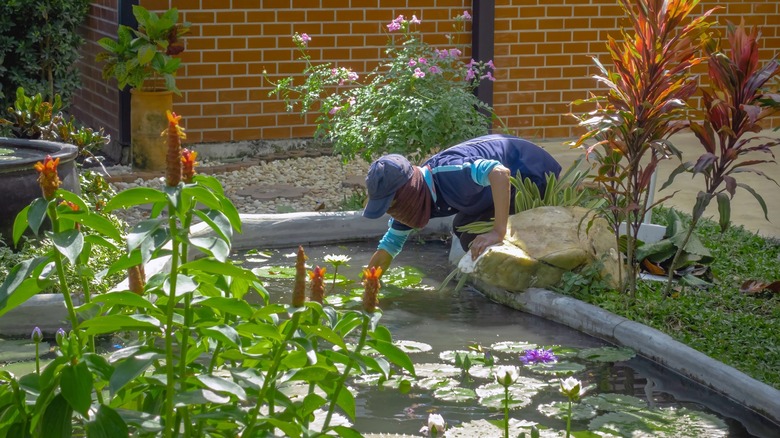
Wood ash is a rich source of nutrients beneficial for plant growth, containing about 20% calcium, up to 5% potassium, and nearly 2% magnesium, phosphorus, and sulfur, as well as trace amounts of other essential nutrients. This composition makes ash particularly valuable for gardening and agricultural use.
Wood ash is particularly known for containing potassium or “potash.” Historically, in the 1700s in the United States, burning wood to produce potash for fertilizers and alkali for industrial applications was a common practice. This process highlights the early recognition of wood ash’s value in agriculture and gardening.
Since potassium is an invaluable fertilizer used primarily to promote plant growth and survival, adding it to your pond can encourage aquatic plants to flourish, allowing them to compete more effectively with algae for nutrients.
Although there might be an initial surge in algae growth, the strengthened aquatic plants, bolstered by the potassium from the wood ash, tend to outcompete the algae over time, leading to a reduction in algae growth. Algae can be present around your home, other than in your pond. If you’re struggling with algae on other surfaces, using vinegar can make algae a thing of the past!

